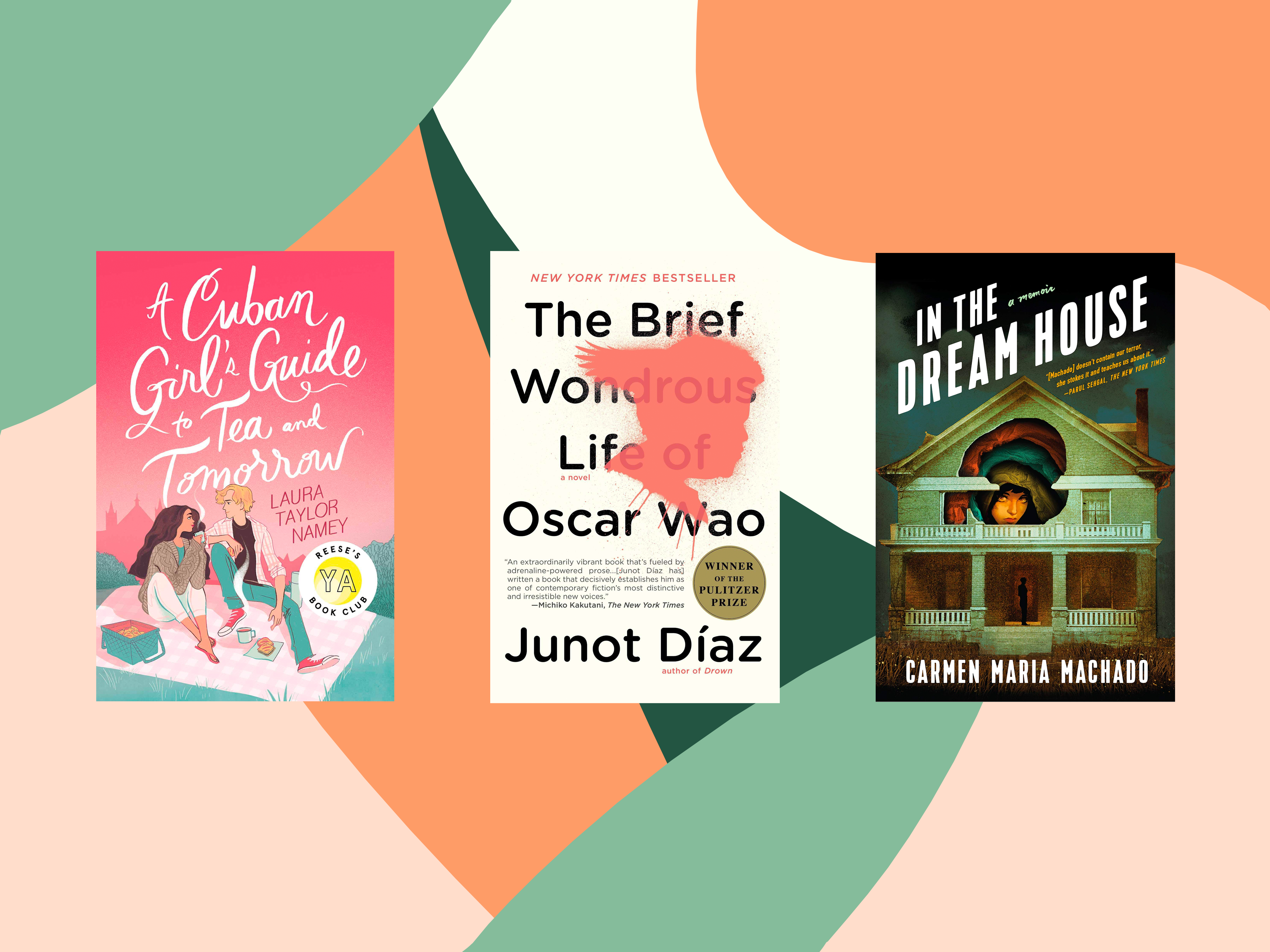Sept. 15 to Oct. 15 is National Hispanic Heritage Month, a celebration and recognition of the diverse people, traditions and histories of Hispanic culture. The Daily asked our writers for their recommendations on texts and authors that tell Hispanic stories.
“The Brief Wondrous Life of Oscar Wao” by Junot Díaz — Nicole Tong
I read this 2008 Pulitzer Prize Fiction winner while sitting on a beach in Miami. It was supposed to be a light read, pages I could fit in between volleyball and parasailing; but instead, I found myself parked in a lounge chair under an umbrella for two days straight, completely enthralled.
Oscar Wao’s life appears unremarkable. He is a classic coming-of-age protagonist — an overweight teenager from the Dominican Republic who 1) loves comics, 2) goes to public school in New Jersey and 3) can’t get girls. But in an expert peel-the-onion technique, Diaz also invents a generational history chock-full of myths and generational trauma under the rule of Dominican dictator Rafael Trujillo. Chapters are told by Oscar, the unlikely hero, his sister, the rebel, his mother, the steely survivor and even his sister’s ex-boyfriend, the quintessential jock.
Diaz walks a fine line between humor and the through lines of identity, family and culture (teaching you everything from Dominican slang to Fantasy Four comic books). Think “100 Years of Solitude” meets “Infinite Jest” — a cornucopia of magical realism and entertaining footnotes.
“A Cuban Girl’s Guide to Tea and Tomorrow” by Laura Taylor Namey — Cameron Duran
Laura Taylor Namey’s “A Cuban Girl’s Guide to Tea and Tomorrow” is a delightful YA romance perfect for getting out of a reading slump. The 336-page novel follows Lila Reyes, a Miami Cuban teenager with a love of baking who is sent abroad to England to recover from the loss of her grandmother.
With some of my favorite coming-of-age themes — family expectations, first loves and realizing what you thought you wanted might not be what you actually want anymore — Namey manages to create a familiar but fresh story in a colorful world. Striking the delicate balance between depth and lightness, Namey’s novel is sure to hit the sweet spot for any fan of the genre. And if you enjoy this book, get ready for the companion novel, “A British Girl’s Guide To Hurricanes And Heartbreak” coming out next fall!
“In The Dream House” by Carmen Maria Machado — Leyla Yilmaz
For Hispanic Heritage Month last year, I wrote about Carmen Maria Machado’s haunting gothic short story collection, “Her Body And Other Parties.” Since then, I’ve had the chance to delve further into her works and fell in love with her memoir, “In The Dream House”.
Machado recalls going to Iowa as a graduate student and falling in love with a Harvard graduate, her first girlfriend. Machado takes the readers on a trip through the dreamy feelings of first love to the trauma of domestic abuse. In each chapter, the setting of “the dream house” embodies a different state of mind of the narrator and unpacks her pains of the past.
I found Machado’s memoir to be a huge step against archival silence, as her writing unravels the reality of abusive relationships between same-sex couples. As a queer woman of Cuban descent, Machado breaks down the stereotypical definitions of victim and abuser. On the topic of queer representation at large, Machado writes: “[we] deserve to have our wrongdoing represented as much as our heroism because when we refuse wrongdoing as a possibility for a group of people, we refuse their humanity.” Machado’s fight for representation reminded me of Eduardo Galeano’s (a journalist and author remembered as the leading voice of the Latin American left) writing, as he too pushed to be the voice of people who were erased from history books.
What stood out to me most was that throughout the book, the narrator, Machado’s current self, refers to her past self in the second person, creating a dialogue between two different characters. In an interview with Politics and Prose, Machado explained this decision, saying: “You can’t have access to your past self and change her life’s trajectory, but you can tell her story to change others.’” Machado’s story is a powerful narrative bound to impact the lives of its readers.
